Read the logs for background and other great tactile switch options.
Quick Start Guide
- Buy the switch from Aliexpress (search for "KAN-15"):
https://www.aliexpress.com/item/32818559623.html - Print the base for the LEDs:
https://www.thingiverse.com/thing:4592896 - Download & setup the KiCad library containing the footprint:
https://github.com/jgillick/KiCad-library- SMD footprint: SW_KAN-15_SMD
- Through hole: SW_KAN-15_PTH
- Construct PCB
- Done!
 Jeremy
Jeremy












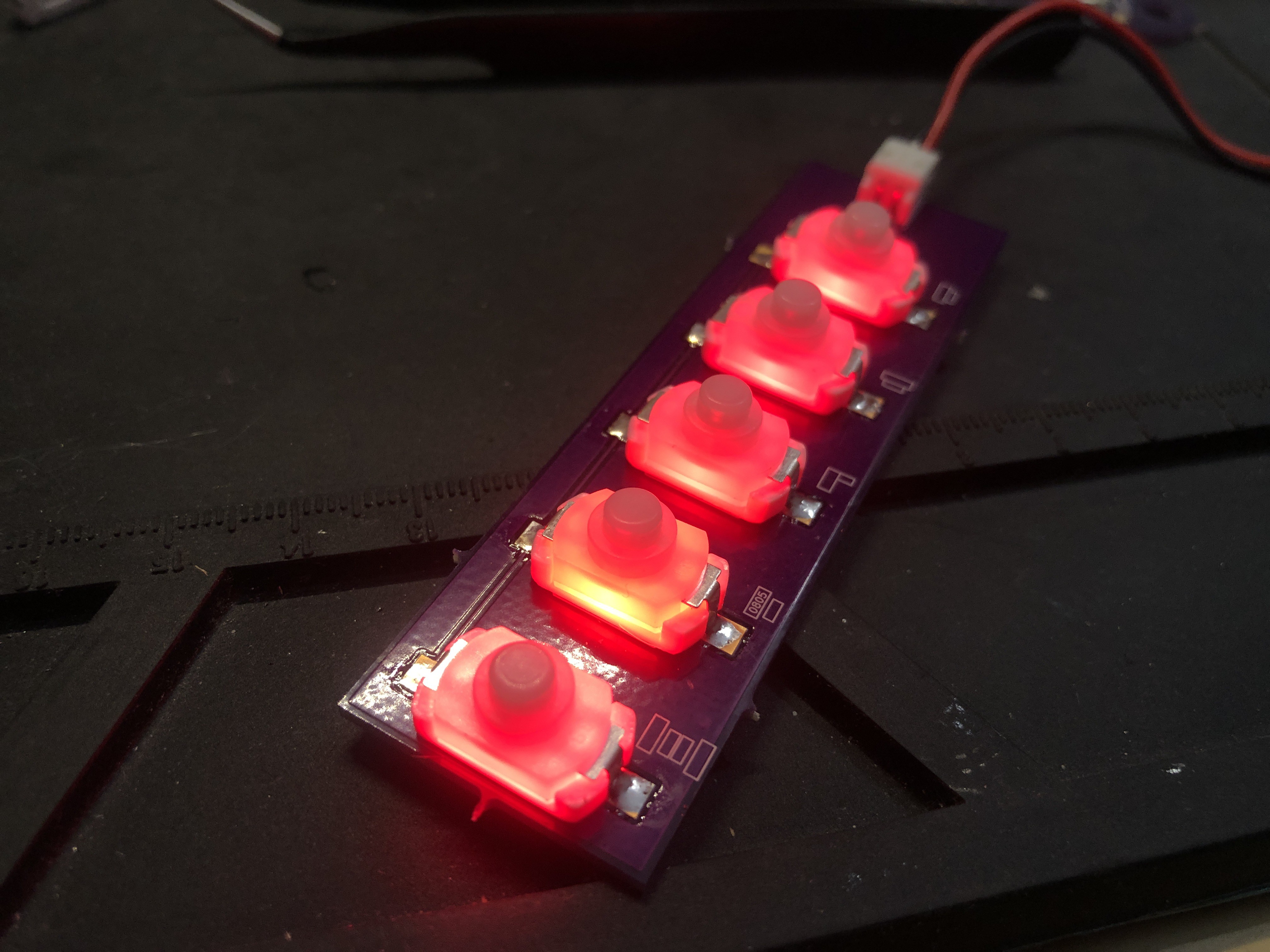






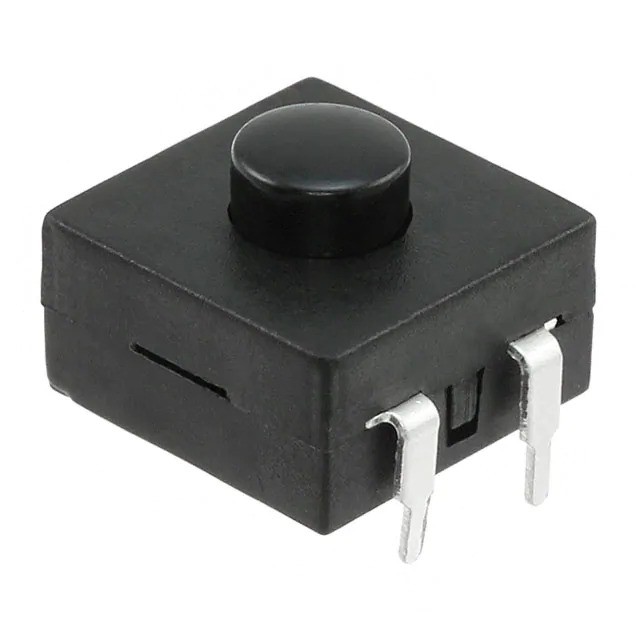

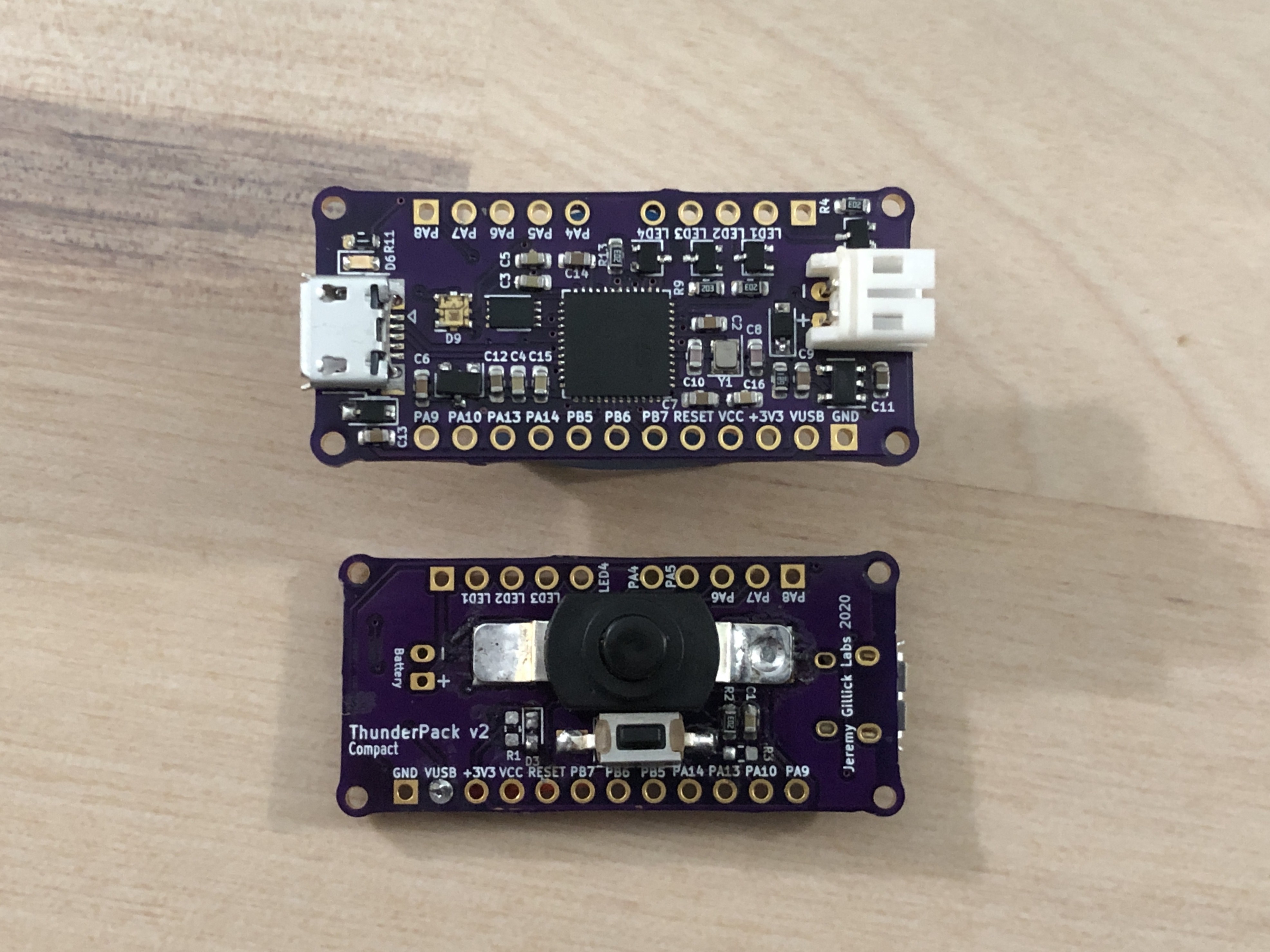



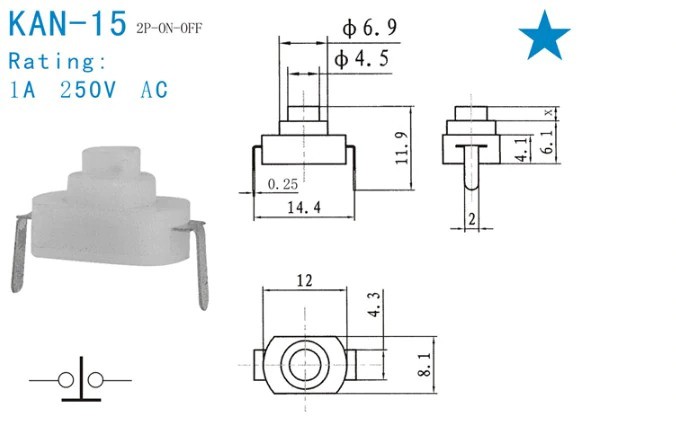




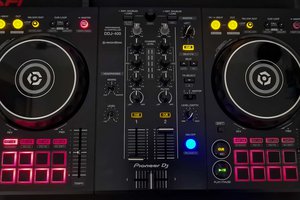
 Adam Trizuljak
Adam Trizuljak
 Brian Lough
Brian Lough
 Hari Wiguna
Hari Wiguna
 Sam Ettinger
Sam Ettinger
I like the idea of having the entire button light up because it's an obvious place to look for the button in the dark. Nice job trying out all the different parameters to see which ones look the best!